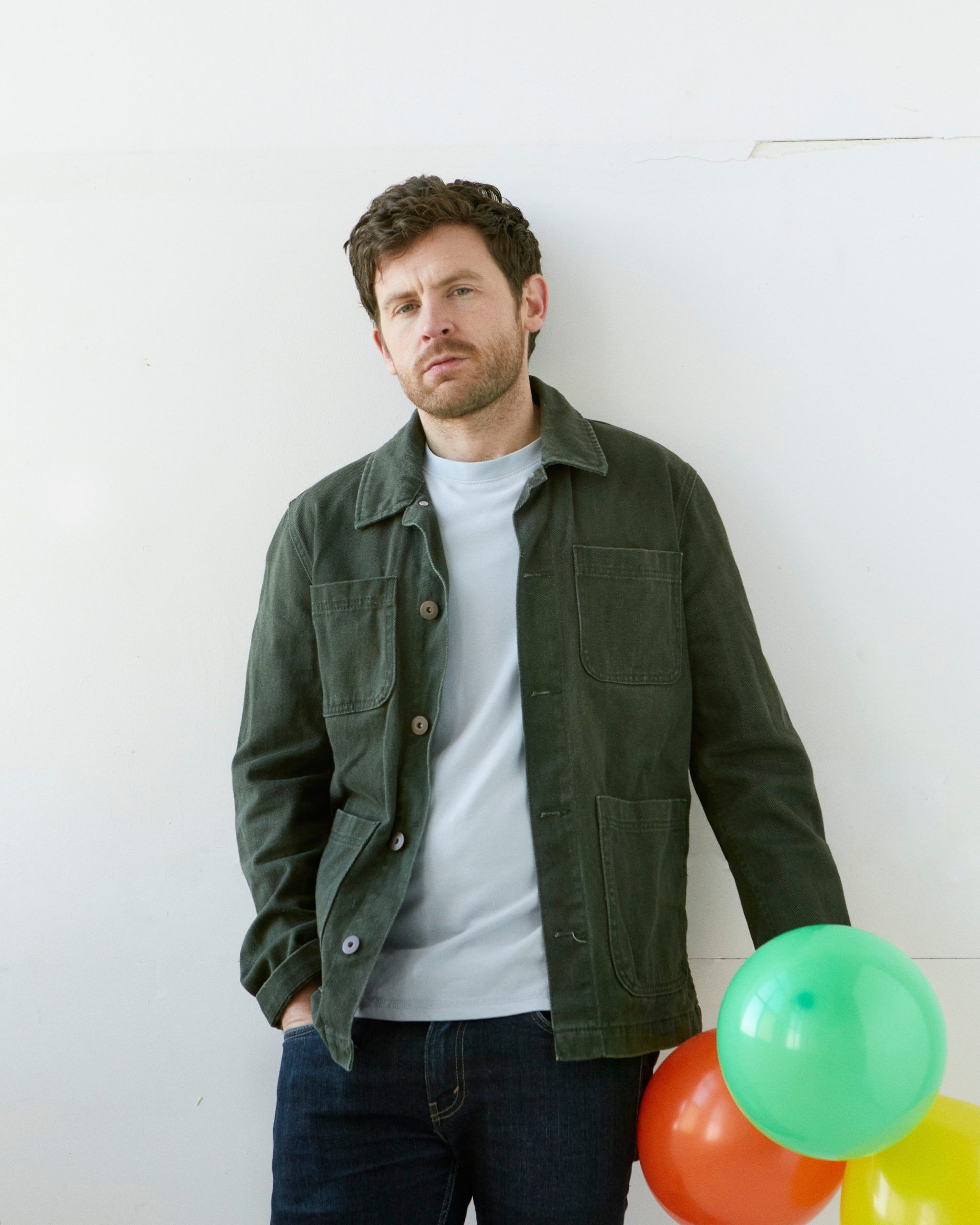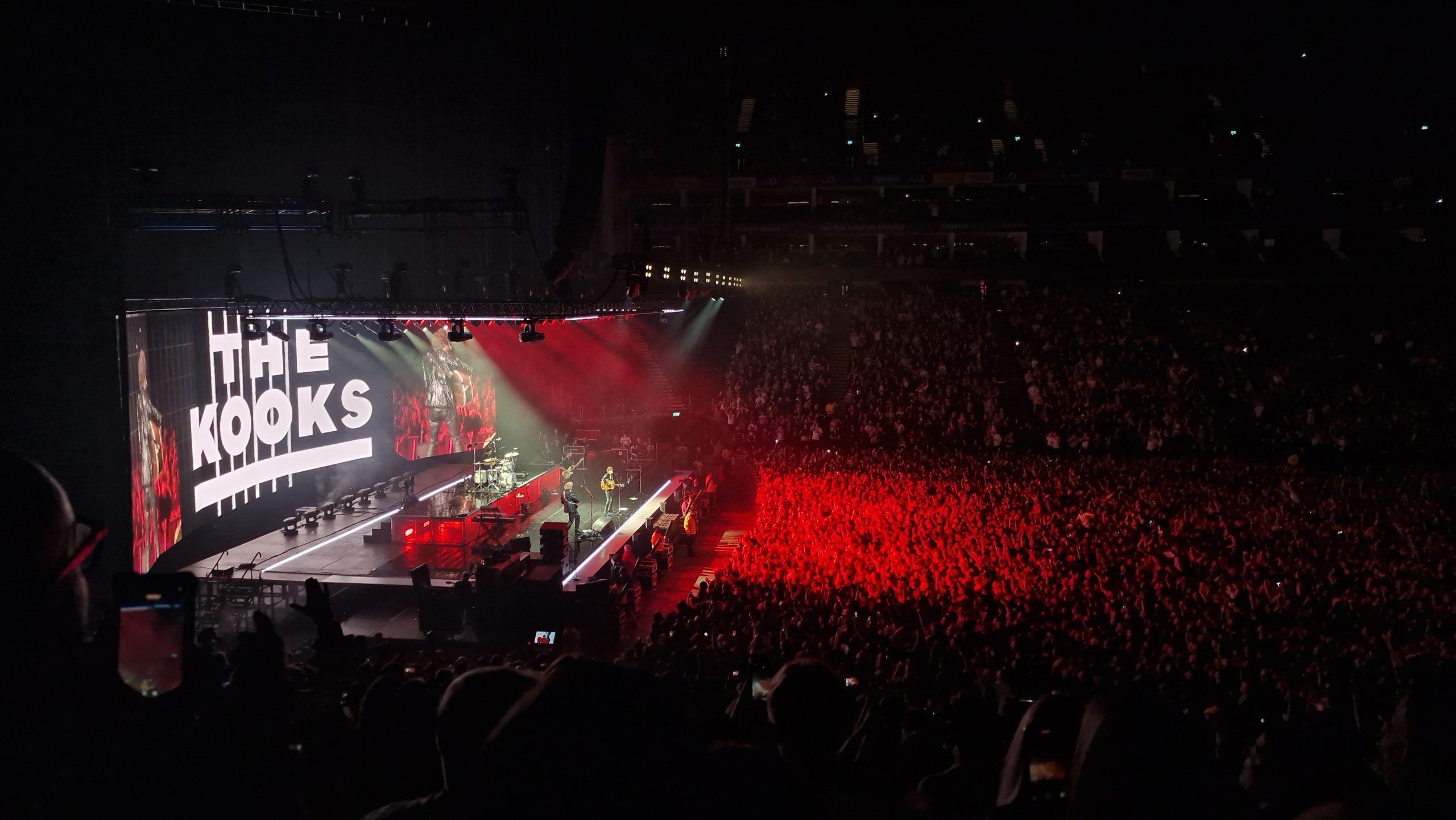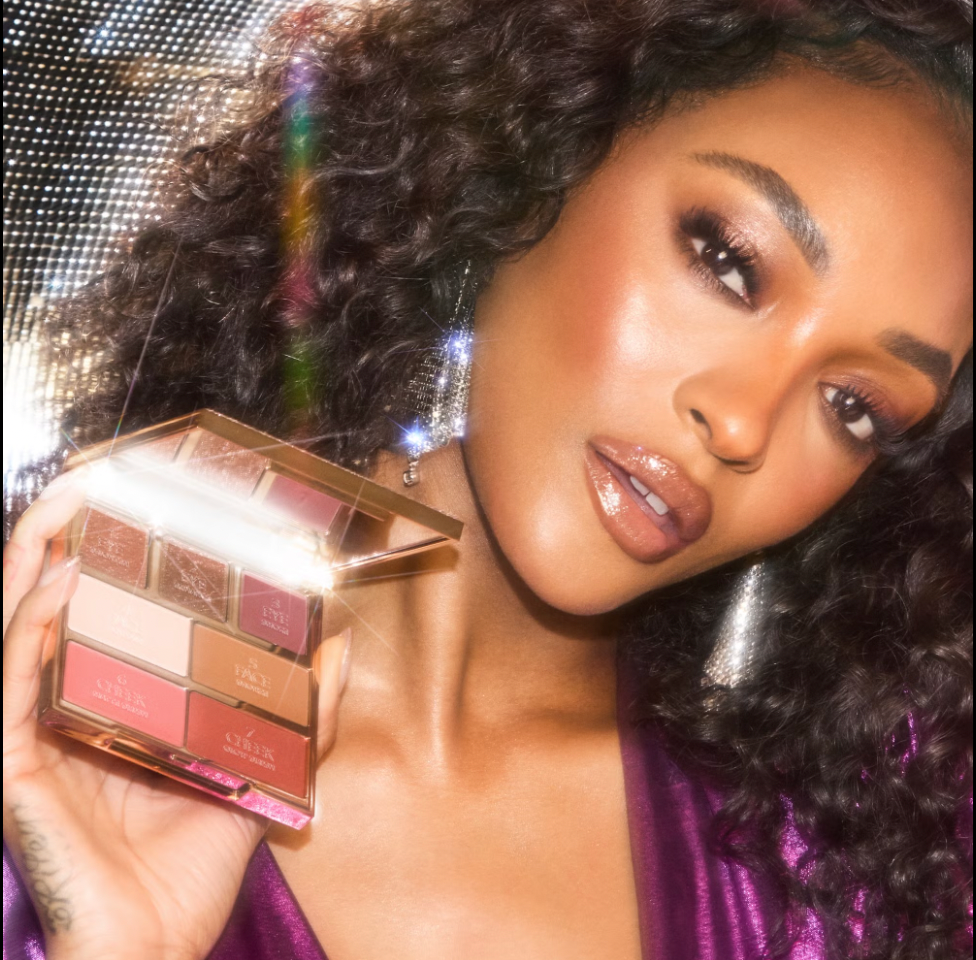
You’ve seen it before.
You’re scrolling through your feed, thumb lazily flipping through story after story. And then you stumble upon this one post.
This one moment where you stop scrolling.
Where you sit up straight.
Where you engage. Where you react.
Where you actually care.
Sound familiar?
It’s not luck.
It’s not because someone dropped a bunch of money into a marketing campaign.
No. The reason you care about some posts while others go unnoticed? It’s because they are telling a story.
Stories.
There is just something magical about a well crafted story, isn’t there?
Stories get you hooked.
Stories keep you interested.
Stories stay with you long after you’ve finished reading them.
Stories are powerful.
In fact, studies have found that stories are remembered 22 times more than information alone.
That’s insane when you think about it.
Storytelling is magic. And whether you are writing blog posts, creating content for social media, or even using an AI story generator to weave your narrative – understanding and mastering the power of storytelling will change everything.
The great news?
Storytelling isn’t just reserved for The Imitation Game or The Godfather.
You don’t need to be an award winning screenwriter or a literature professor to tell a good story.
You just need to know what a good story looks like.
Let’s find out.
What you’ll discover:
- Why Stories Beat Everything Else
- The Science Behind Story Magic
- Essential Elements Every Story Needs
- How To Hook Your Audience (Every Time)
- Simple Storytelling Techniques That Work
Why Stories Beat Everything Else
Ok. Here’s the truth.
Here’s a story that will blow your mind:
92% of consumers want brands to make ads that feel like a story.
That’s it. 92%.
92% of people.
Almost all of the people.
The reason why stories work so well though? It’s because our brains are literally wired for them. We have been sharing stories since before history was even recorded. Sitting around campfires. Listening to the elders of the tribe. Carrying their experience and wisdom down through generations.
Stories aren’t just about entertainment though.
Stories are the way that we make sense of the world.
Think about it…
When you are telling a story, you are not just imparting facts. You are giving your audience an experience. They are not just reading, or hearing, or watching, they are feeling, imagining, and connecting.
Imagine how powerful that could be for your next campaign.
The Science Behind Story Magic
Ok, here’s some mind blowing science for you.
When a person hears a story, their brain doesn’t just process it in the language area. The whole brain lights up.
Run a story about running, and the motor cortex gets activated.
Talk about a sumptuous meal, and the sensory cortex fires up.
Tell a story, and people’s brains create actual neural connections to experience the story as though it’s happening to them.
Stories are memorable because they are experiences.
It makes sense too. If someone presents you with a dry list of facts, then you are just passively receiving that information.
If someone weaves it into a story, well…
You know what they say. The plural of anecdote is data.
Get it?
Because that’s what stories are.
Real data.
Hard, learnable, facts.
In fact, research has found that a mere 5-10% of information presented as statistics can be retained. But provide people with a story containing the same information? You can increase the retention rate to 65-70%.
Now we’re talking.
Essential Elements Every Story Needs
Ok. Now that we know how to sell someone the Brooklyn Bridge, let’s take a look at how we can tell stories in the first place.
It’s not as complicated as you think.
Every great story. From a Hollywood blockbuster to a sales page. Will have the following elements:
A character that the audience can relate to.
A challenge that they must overcome.
A resolution that shows how the story changes things.
Emotion.
That’s it. Four elements.
Focus on these, and you can turn anything into a good story.
The interesting thing is that most people make storytelling much more complicated than it needs to be.
They think that they need complex subplots, convoluted storylines, and impressive vocabulary.
They don’t.
Simple stories are often the most powerful.
How To Hook Your Audience (Every Time)
You can have the most amazing story, but if you can’t hook your audience’s attention fast, then you are lost.
People have the attention span of a hyperactive squirrel on caffeine.
Think about it. No one was born that way. At some point in history, attention spans started getting shorter and shorter.
The good news though is that there’s an antidote.
To hook someone fast?
The best way is…
To start in the middle of the action.
Throw people into the deep end of the story. Don’t waste time on backstory, or setting the scene, or even describing things.
Just get into it. Get them hooked, and then fill in the details as you go.
Think about the opening scenes in your favorite movies.
Movies don’t open with 20 minutes of boring exposition, right? Hell no.
They start the action, and they drop the backstory in as they need it.
Your story should do the same.
How?
Try this simple formula:
- Start with a conflict or curiosity.
- Build tension rapidly.
- Offer a satisfying resolution.
- Connect the dots to your main point.
Remember though, people have the attention span of a goldfish.
You have a good three seconds to capture someone’s attention. So make it count.
Simple Storytelling Techniques That Work
Ok. Enough with the science.
Here are some storytelling techniques that will turn you into an overnight storytelling wizard…
The Before and After Bridge.
Paint a picture of where someone is currently. Show them what they could be like. Then reveal the “magic” to take them from one to the other.
The Problem-Agitate-Solve.
Find a problem, make them feel the pain, then provide the solution.
The Hero’s Journey (Simple Version).
Ordinary person faces challenge > Struggles > Receives assistance/help > Overcomes the obstacle > Transformed.
But here’s the real trick…
Storytelling is a skill.
The more you practice it, the better you will become at it.
The secret to great storytelling is authenticity.
If you are just learning storytelling techniques, then you will feel like you are “performing”. You need to get to a point where you can blend the techniques with emotion and truth.
Pro Tip: Keep a story file on your phone. Collect stories from your daily life. The bad coffee you got at the coffee shop? There’s a story about customer service. That moment when your business took off? There’s a story there about perseverance.
Stories surround us every day. We just need to start looking for them.
Bringing It All Together
Storytelling is not some mystical art that only reserved for James Patterson or Angelina Jolie.
Storytelling is a craft, and just like any other skill, it can be learned, and mastered.
In fact, in 2024, with the rise of video content, and storytelling marketing increasing 46% year-on-year. Storytelling isn’t just a great skill – it’s an essential one.
Whether you are:
- Building a brand.
- Teaching a concept .
- Selling a product.
- Or just trying to connect.
Storytelling is your most powerful tool.
Stories are what cut through the noise. Stories are what create connections. Stories are what make people care.
So tell a story. Start small if you need to. But start.
Stories are the most powerful tool in your arsenal.
In a world that is being crushed by information but starving for connection – the story tellers are the ones who come out on top.
Every single time.




